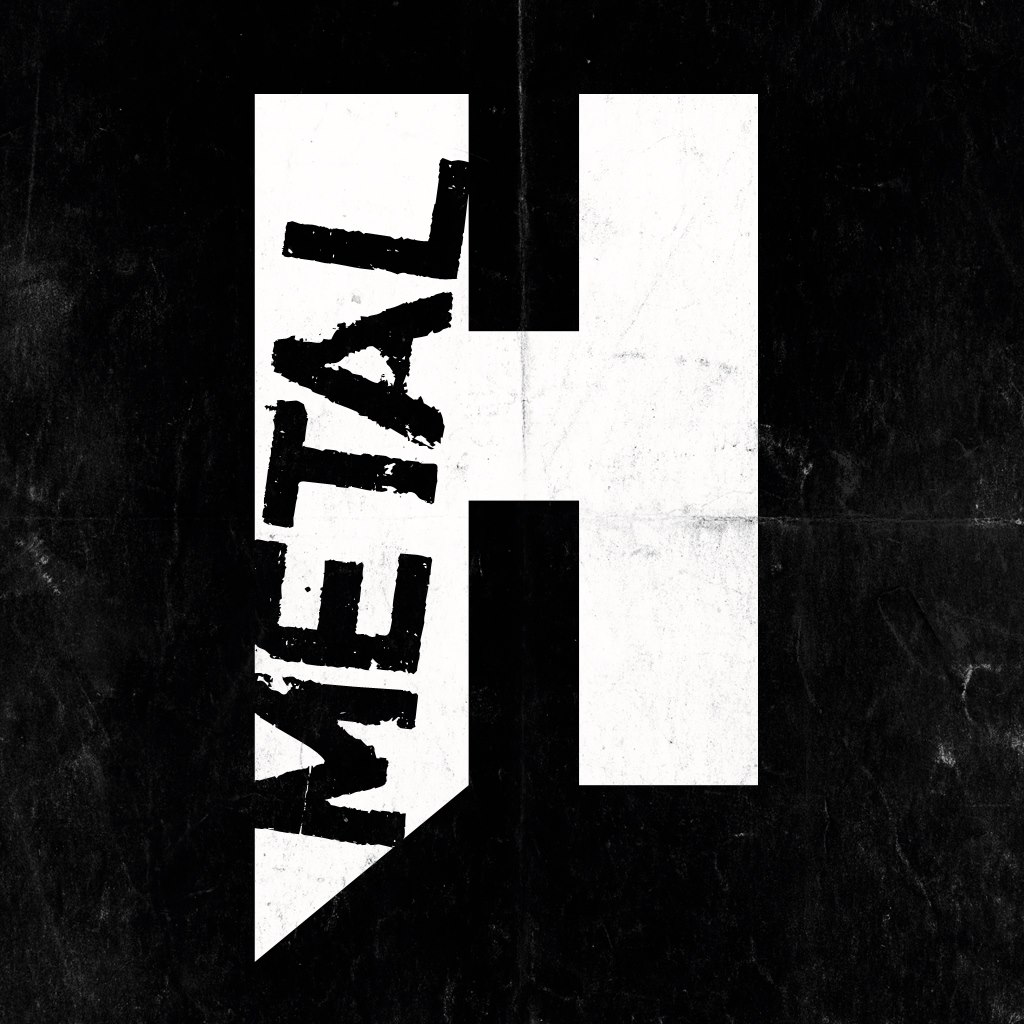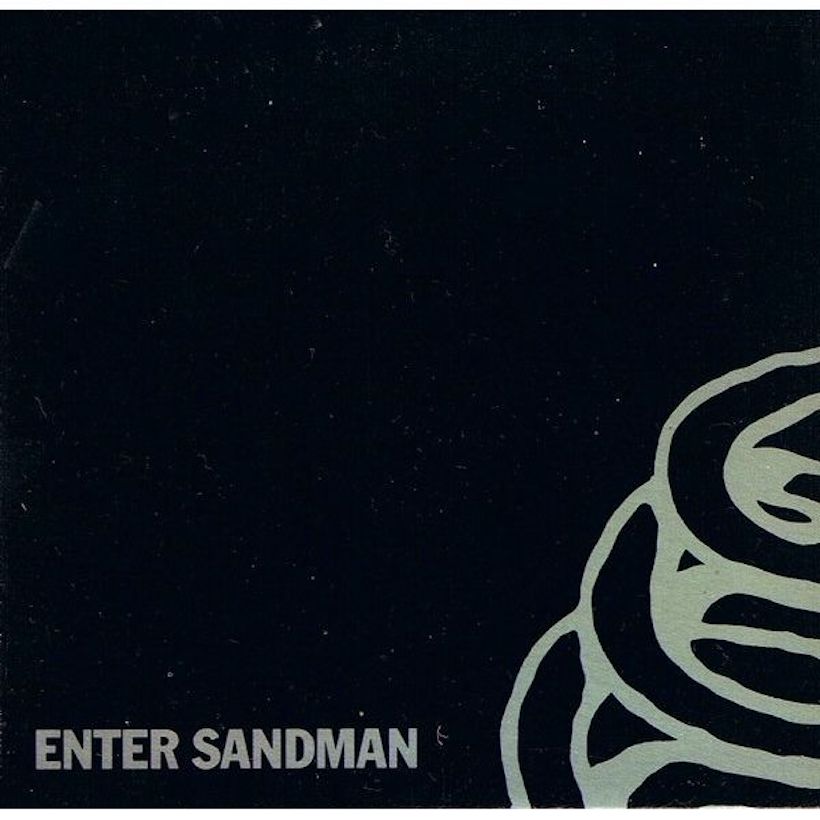
10) Enter Sandman (Metallica, 1991)
Metallica’s first single of the 1990s was both their passport to the mainstream and the song by which their decade would be defined. Thrillingly direct, immediate and impactful – in stark contrast to the labyrinthine twists and turns of the …And Justice For All album – it kicked down the doors for the band on US radio, and ensured that the Black Album became first true ‘event’ album of the ‘90s.
The first riff on one of Hetfield's infamous Riff Tapes was one that Kirk Hammett had come up with. “I tried to write the heaviest thing I could think of,” Hammett said later. “I was all fired up…” He certainly was. The riff in question would become the basis of Enter Sandman.
Ulrich might attract ridiculous levels of hate from even those who consider Metallica ‘family’, but it was his skill in identifying and re-arranging Kirk Hammett’s intro riff which sets Enter Sandman rolling in such spectacular, impactful fashion – and precious few rock songs shift the air with such force and conviction. An all-time metal classic.
"I have got to hand it to Kirk,” Brian Tatler told us in 2018. “Millions of guitarists, and we all missed this beautifully simple, classic, catchy riff made up of three notes! Great arrangement."
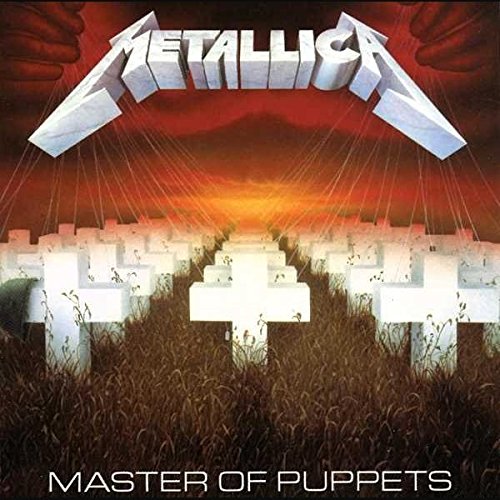
9) Battery (Master Of Puppets, 1986)
Originally released in 1986, Master Of Puppets saw Metallica finetune the vision of Ride The Lightning into an unqualified masterpiece, a pummelling showcase of force and velocity that boasted longer tracks, dizzying tempo shifts and a stunning range of emotion. Behind a flawless pantheon of hits that included the title track, Battery, Welcome Home (Sanitarium) and Disposable Heroes, it became Metallica’s first platinum record, eventually selling more than 10 million copies worldwide. It also marked their final album with the late Cliff Burton.
Metal bands love a bit of medieval-sounding acoustic guitar. That’s the Ritchie Blackmore influence for you. Metallica are no exception here, but they soon move off into an epic sweep before quickly switching to a fast, taught thrash. What strikes you in these days of death grunts is how traditional James Hetfield’s vocal delivery now sounds. Blistering solos abound and as an opener, this is five minutes 12 seconds that could easily have been titled ‘Statement of Intent’.
"Lars invited me to go see Metallica when they played Birmingham Odeon on the Master Of Puppets tour in 1986,” Brian Tatler told us in 2018. “I went backstage and got to meet the rest of the band, including Cliff Burton. They opened the show with this beast of a song, and I was pinned back by its power and speed. It’s another difficult riff to play, I have always been very impressed by how good James Hetfield’s rhythm playing is."

8) Welcome Home (Sanitarium) (Master Of Puppets, 1986)
Inspired by the Ken Kesey novel One Flew Over The Cuckoo’s Nest the slow-burning Welcome Home (Sanitarium) was a big, traditional metal ballad about a poor soul trapped in a mental institution. It seems the lyrics are suggesting that the inhumane treatment of inmates in itself leads to their mental disintegration. ‘Kill it’s such a friendly word,’ roars Hetfield before the track flies into overdrive.
The words aren’t particularly sophisticated, but the track most certainly is, as Metallica prove their mastery of different tempos and moods, all within a single song.
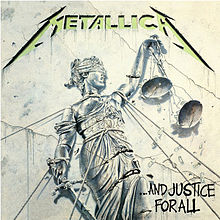
7) Blackened (…And Justice For All, 1988)
In the summer of 1987, Metallica’s post-Master Of Puppets plan had been to begin writing for the next album, broken up with a smattering of lucrative festival dates. But trying to come up with material with Newsted – not Burton – in the band was proving difficult. They managed just one new song, Blackened, that sounded like a keeper.
Eventually, Blackened found its way on to the first Metallica album clearly built for CD, with a total running time of over 65 minutes. The track sequencing of …Justice followed the same template as Ride and Master, so it made perfect sense to kick off with another rallying-call opener, in this case Blackened: a dizzying howl of rage against the destruction of the environment, that was musically very much in the mould of Master opener Battery, and the only track on the album on which Newsted got a co-credit.
Justice marked the moment at which Metallica, having survived the tragic loss of bassist Cliff Burton, entered the big league, playing arenas and cracking the Billboard Top 10. Blackened was the furious statement of intent behind an album sometimes overlooked between their twin peaks of Master Of Puppets and the Black Album.

6) Orion (Master Of Puppets, 1986)
Originally recorded as a song called Only Thing in demo form for the Master Of Puppets sessions, this was eventually split into two songs: Welcome Home (Sanitarium) and Orion.
Don’t take it personally James, but this instrumental is the song of genius on Master Of Puppets. Regarded by many as Cliff Burton’s finest hour – check out some of those bass runs – this beautifully atmospheric, classically composed song is masterful because it displays such human warmth in amongst the indisputable power, and that’s rare in the world of thrash. Burton’s lines underpin the song’s bridge and set up a track that somehow manages to retain absolute intensity, while still slaying you with its irresistible melodic feel.
Once again, the band’s early Maiden influence is clear on the slow, almost chill-out mid-section. But Metallica somehow take the component parts and make the song their own. Of course the quiet and slow, quasi medieval breakdown section also features some great Burton playing, but his contribution to the whole song is exemplary. Eight minutes and 28 seconds of pure magic.
In tribute to Burton and this masterpiece, Hetfield had the notes for the bass part he played in the middle of Orion tattooed onto his left arm.
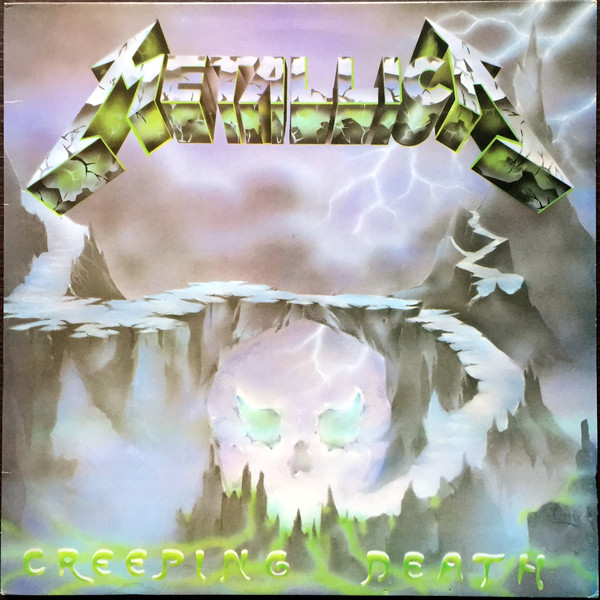
5) Creeping Death (Ride The Lightning, 1984)
What is it that hits you hardest about Creeping Death? Take a second to think about it, because this thrash metal journey has plenty going for it. Is it that thunderous, thudding introduction that shoots adrenaline through your veins, getting straight to the point and setting the riotous tone from the very first note of the song? Maybe it’s that middle section that slugs away like body blows from a heavyweight boxer and includes what could very well be the most definitive gang vocal ever recorded? The epic scale and tone of the guitar solos? The dual guitar moments that added a sophistication and element of class to the “hunt and kill” rhetoric thrash had made its forte by 1984?
Whatever it was, it was apparent upon the release of Ride The Lightning that Creeping Death was unchartered territory for both Metallica and metal as a whole.
“Creeping Death was one of the first songs responsible for the musical growth of the band, I think,” reflects Kirk Hammett. “It was one of the first songs written for Ride The Lightning and it was a clear step in the right direction. It was as heavy as anything on Kill ‘Em All but on a technical level, we had put that much more into the writing and arrangement and we made it more demanding for ourselves, and it set the stage for the rest of the album.”
Perhaps the most impressive thing about the track is that it still sounds so crushingly heavy a full 30 years after its release. When you consider how dated some things from as recent as the late 90s and early noughties sound (have you listened to Soulfly, Drowning Pool or Static-X lately?), that Creeping Death still sounds like a Michael Bay scene set in Hell tells its own story.
“I can only speculate, but I think one of the things that makes it so timeless is that it sounded like nothing else that was going on at that time,” says Hammett. “It didn’t have anything to do with any of the trends that were going on. It didn’t sound anything like what would become hair metal and it only had elements of what was going on in thrash and when you can’t tie a song or a sound to a particular point in time, it means you can’t date it and that’s probably why people would say it’s stood the test of time so well. I’m proud of that.”
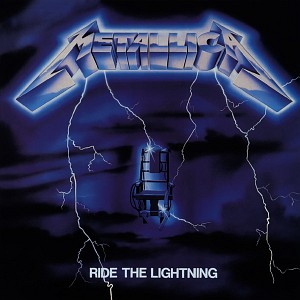
4) For Whom The Bell Tolls (Ride The Lightning, 1984)
Taken from the Ernest Hemingway novel of the same name, For Whom The Bell Tolls was one of Metallica’s first pieces of anti-war commentary. It was also a masterclass in control and dynamics. A tale of medieval conflict, it was made all the more dramatic and affecting by its authors’ realisation that true ‘heaviness’ could be better attained by easing up on their traditional full-tilt tempos. From the moment Burton joined the band, Metallica began to appreciate that ‘speed’ and ‘heaviness’ were not the same thing.
For Whom The Bell Tolls may have been played at a fraction of the speed of Whiplash, but its atmospheric, dark drama bestowed genuine gravitas upon the San Franciscan quartet for the first time. Its chorus riff is simplicity itself, based around palm-muted E-string chugging and fat, ringing power chords – but it has a weight and power that helped birth the ‘90s Metallica sound. With this song, Metallica showed they were capable of more than just heads-down thrashing: a sweeping mini-epic with an immortal intro built around a Cliff Burton bass part.
“We often use For Whom The Bell Tolls as a reference point for chasing simplicity – Which we never seem to be able to do any more,” Ulrich told Metal Hammer in 2016. “That was a key song for us,” agreed Hammett. “Again, that intro was a Cliff thing – he’d play it all the time, and the rest of would stiffen up and go, ‘What the heck was that?’ That was completely his own creation – it’s just this weird chromatic thing, the note choice. It’s just highly unconventional even to this day. Did anyone ask us to make the intro shorter? No, we were all 100 per cent committed to every single note, every single beat.”
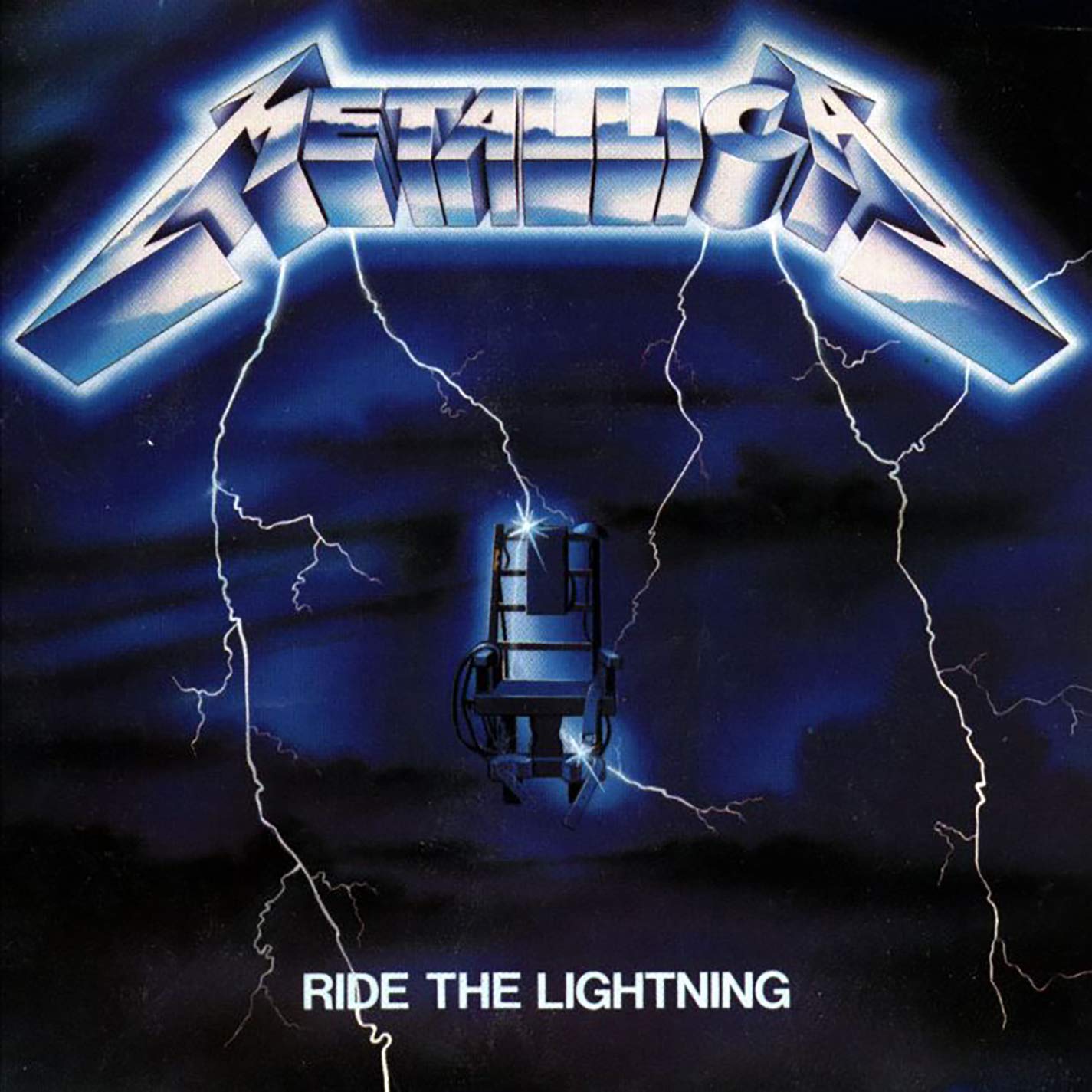
3) Fade To Black (Ride The Lightning, 1984)
Metallica have made a habit of producing some huge ballads during their career, but none can hold a candle to their first. A seven minute lament on suicide that set the template for subsequent epics Welcome Home (Sanitarium) and One, it melded brooding melodies with righteous metallic might.
While now held up as one of Metallica’s defining moments, upon release Fade To Black suffered the sorry fate of becoming Ride The Lightning’s whipping boy. Hardened thrash purists screamed “sell-out!”, and these accusations were informed less by feelings of disappointment, than by a keenly-felt sense of betrayal. Even the San Francisco Bay Area ‘Trues’ mockingly waved Kleenex tissues at the quartet when Fade To Black was first aired on home soil.
“Everybody seemed to be caught off-guard by the fact we’d done it,” Ulrich told Metal Hammer in 2016. “We surprised everyone but ourselves. You can hear that the New Wave Of British Heavy Metal inspired the first record. But if you step back further than that, you get to Deep Purple’s Child In Time and Judas Priest’s Beyond The Realms Of Death, even Stairway To Heaven – those big, brooding, epic songs. That kind of song was always in the background for us – we knew in our hearts that was part of the Metallica sound, but we just didn’t have the skill or finesse to tackle it on Kill ’Em All. By the time Cliff and Kirk had come onboard, we felt we had the ability to go down that path.”
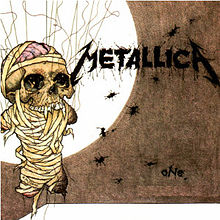
2) One (…And Justice For All, 1988)
The macabre story of an infantryman who steps on a landmine and wakes to gradually discover he has lost everything – his arms, his legs, his five senses – except his mind, One was both nightmare writ large and musically transcendent journey, a thrash metal Tommy in miniature.
An anti-war protest song of unremitting bleakness – with sombre atmospherics leading up to an explosive climax of machine-gun staccato riffing, which soundtracks the protagonist’s descent into living hell as he wordlessly begs for death – is capable of being seen both as existential metaphor for the human condition and the solipsism of the rock star life, while its frantic climax served up a state of inarticulate teenage angst like no other rock song before or since. It was also the first Metallica song for which a video was created, incorporating footage from the 1971 movie Johnny Got His Gun – a video once seen, never forgotten.
Thanks to the video, the song quickly gained the most exposure of any Metallica song to date, and it was even predicted that the stuffed shirts behind the Grammy Awards would award Lars, James et al a gong in ’89 for the Justice…album. However, this was not to be: despite playing One at that year’s awards ceremony and putting on their best suits for the occasion, Metallica were snubbed – the board opting in their infinite wisdom to give the Grammy (the first for Best Hard Rock/Metal Performance) to the decidedly un-metal, un-hard rock band Jethro Tull. The veteran folk-rockers received the award for their Crest Of A Knave album, a record which featured synthesisers and a drum machine. Yes, that heavy.

1) Master Of Puppets (Master Of Puppets, 1986)
On the morning of March 3, 1986 the staff of Shades record shop in London’s Soho district arrived for work to find a queue of kids stretching along St. Anne’s Court and down nearby Wardour Street. This was not a common sight for a Monday morning, but owner Mike Shannon had been forewarned that this might be a busy day. The previous week, Shades had taken delivery of 1,000 copies of Metallica’s third album, Master Of Puppets, from the band’s UK record label Music For Nations, and the label had bullishly predicted that the shop might want to increase its order to satisfy their expected demand for the record. That weekend, staff at Shades had spent a couple of hours placing copies of the album in plastic bags, complete with pre-printed till receipts, just to be prepared for the anticipated Monday morning rush. It would prove to be time well spent.
Master Of Puppets is, quite simply, the definitive Metallica song. There are more famous Metallica songs, sure, but Master Of Puppets is the absolute pinnacle of the band’s artistry. Written by all four members of the band’s classic line-up – Hetfield, Ulrich, Burton and Hammett – it is a majestic, four movement epic which twists and turns through eight-and-a-half furious, riff-filled minutes, and was Burton’s album favourite (and the much-missed bassist knew a thing or two about brutal rockers).
A vast and complex track of awesome power and genius-level riffing, amazingly, the little pushes that appear throughout the tune do nothing to dampen the song’s groove – right up to the point where the band break off and move into a slow, Iron Maiden-esque mid-section. They then rev up into a monstrous chug, and follow it with another insane-sounding solo. With so much shit going on, this should like a mess. It doesn’t. It’s magnificent.
It’s genuinely difficult to overstate the impact Metallica’s 1986 masterpiece had on the global metal scene when it dropped, so for its title track to scoop the top spot here just feels right. The fact that this is Metallica’s most played live song of all time pays testament to its durability. 1986 was thrash metal’s greatest year, but what Metallica created in Master Of Puppets made them the greatest metal band of its generation.
